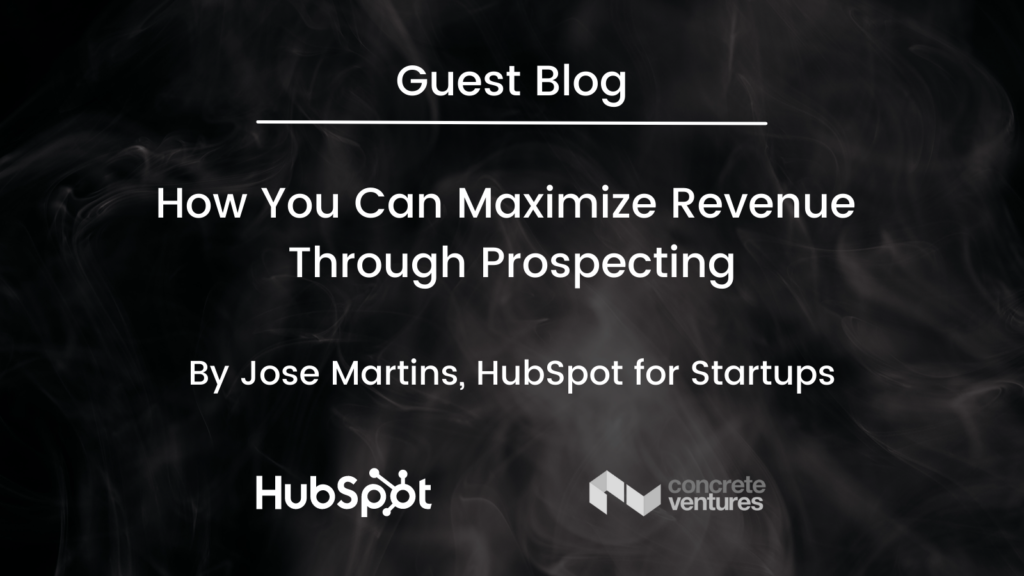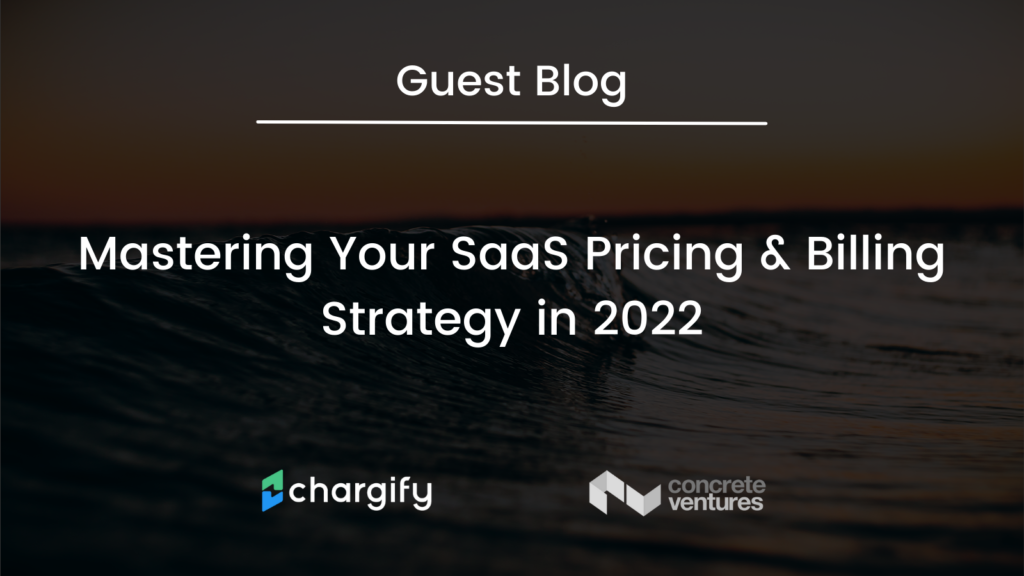
When we spoke with Jose Martins from HubSpot about prospecting, he emphasized that maximizing revenue through prospecting leads is all about having an effective process and doing your research upfront.
So in this post, we will look at the key takeaways from that webinar by focusing on the four stages of a B2B sales process.
Utilizing the Four Stages of B2B Sales Processes in Prospecting Leads
Step 1: Identify your target audience.
In order to generate quality leads, you need to know precisely who your target audience is. Having this clarity will help you spend time and money wisely in connecting with the people that care about your product and your business.
Start by crafting your ideal buyer profile. Who is your ideal buyer? The more specific your picture is, the better. In order to create the most accurate picture possible of that ideal customer, utilize any data that you have collected via social media, questionnaires, or cold calls. What are their goals and what are the challenges that stand in the way of those goals?
After that, you want to create a positioning statement that incorporates all this data. In a few short sentences, you should be able to answer the questions.
Try framing it something like this: “We help (who) that are (usual goals) but are frustrated because (usual challenges)… Does this happen to you?” Remember, your positioning statement is not about you, it’s about your leads. In other words, now is not the time to dive into your product, company, or current promotions.
Step 2: Connect with your target audience.
Once you have your ideal buyer profile and your positioning statement, you can start connecting with your target audience to transform leads into qualified leads. Connect in authentic ways by matching your values with their values. In addition, create avenues for communication that allow you to get to know more about your leads.
Some great places to look for leads include:
- Existing relationships
- Company verticals
- Social media
- Target accounts
- Current/past clients
- Your community network and alumni
When you connect with leads, make sure you keep your goal in mind and make a call or send an email to establish an initial relationship. Schedule an exploratory call and understand the high-level challenges that they face.
When making those prospecting connections, there are a few common errors to avoid. Most important, drop the elevator pitch completely. Keep the conversation about the potential customer and don’t deep dive into how you can help them just yet. Remember, your goal is to qualify the lead and set a meeting; not close the deal.
The hardest part of the connect call is reaching out to strangers.
Therefore, you need to be prepared to be uncomfortable, or there will be no growth. As time goes on reaching out gets easier and better. Remember that the fear of connecting with prospects is all in your head and be prepared to override that fear. The most important thing to do is to put time on your calendar for prospecting. Make it part of your daily routine. Once it is routine, your fears will be gone and your communication will be more natural and authentic. However, this doesn’t happen overnight – only through practice.
Be prepared to reach out more than once, you can be persistent without being annoying. For example, use a two-day follow-up technique and set a maximum of six to 10 calls or emails. Your CRM can help you keep an efficient prospecting cadence. Make use of task queues, filters, templates, and sequences to keep you organized and on schedule with prospecting.
Step 3: Explore the needs of potential customers by asking “how can I help?”
This is a critical step where data and information about the real-life problems that your potential customers are facing come into serious play. By reaching out and asking “how can I help?” you position yourself as a business that might provide the solutions they are looking for.
Step 4: Be prepared to offer advice in the form of your product or service.
A lead becomes a customer when they see a clear match between their problem or their need and the solution that your business provides.
Research Is Vital for Successfully Prospecting Leads
Do your research, not only on your leads but on your industry and market. Look for signals a business is looking to solve the problem you solve. Likewise, find ways to differentiate your approach from cold callers. Transcend the solution, focus on the problem, and start with urgency from the get-go.
Prospecting checklist:
- Define ideal buyer profile
- Define sources of leads
- Develop your connect call positioning statement
- Establish a prospecting sequence
- BLOCK TIME IN YOUR CALENDAR – EVERY SINGLE DAY
- Define your research and start reaching out
Key takeaways
- It’s NEVER about you
- Focus on the problem
- Do your homework (research)
- Define a process
- Put it in your calendar!
For more details, watch the webinar here:


